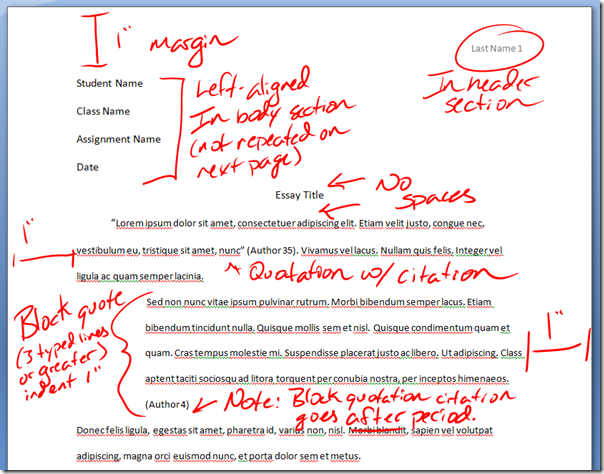
The line space between paragraphs is very reader-friendly in an online reading environment. Reading on-screen is vastly different from reading a printed book, and a new default style has arisen out of the needs of readers of all this electronic text. I think you could say that we owe this second method of paragraphing to the Internet and the vast amount of text we now read online. The appearance of what amounts to a blank line, along with that same short last line of the paragraph above, gives us the “new paragraph here” signal. This is typically a line space, that is, the same amount of space between one line in a paragraph and the next. The indent is typically between 1 and 2 ems, or about. This indent, combined with the short last line of the paragraph that just ended, gives a clear visual signal that a new paragraph has started.
#Proper paragraph spacing how to#
We have terrific tools and enough experience to know how to present long-text documents to readers so that they really want to read them. Book design evolved slowly over a period of 500 years to get to the point it is today.

One of the reasons this historical background can be useful to today’s independent authors is that it shows how technology affects the books we design. Early on, I found these books and the book typography that’s used in them very stimulating when thinking about how I wanted the books I was working on to look.Įven though the technology back then was primitive according to today’s standards-no electricity, basic, natural materials, and everything done by hand-the books produced by early printers are prized, quite rightly, as outstanding examples of artful book design.

I mean really old, like going all the way back to the beginning of printed books.

Anyone who wants to do their own book design can spend some very worthwhile time studying books that are old.


 0 kommentar(er)
0 kommentar(er)
